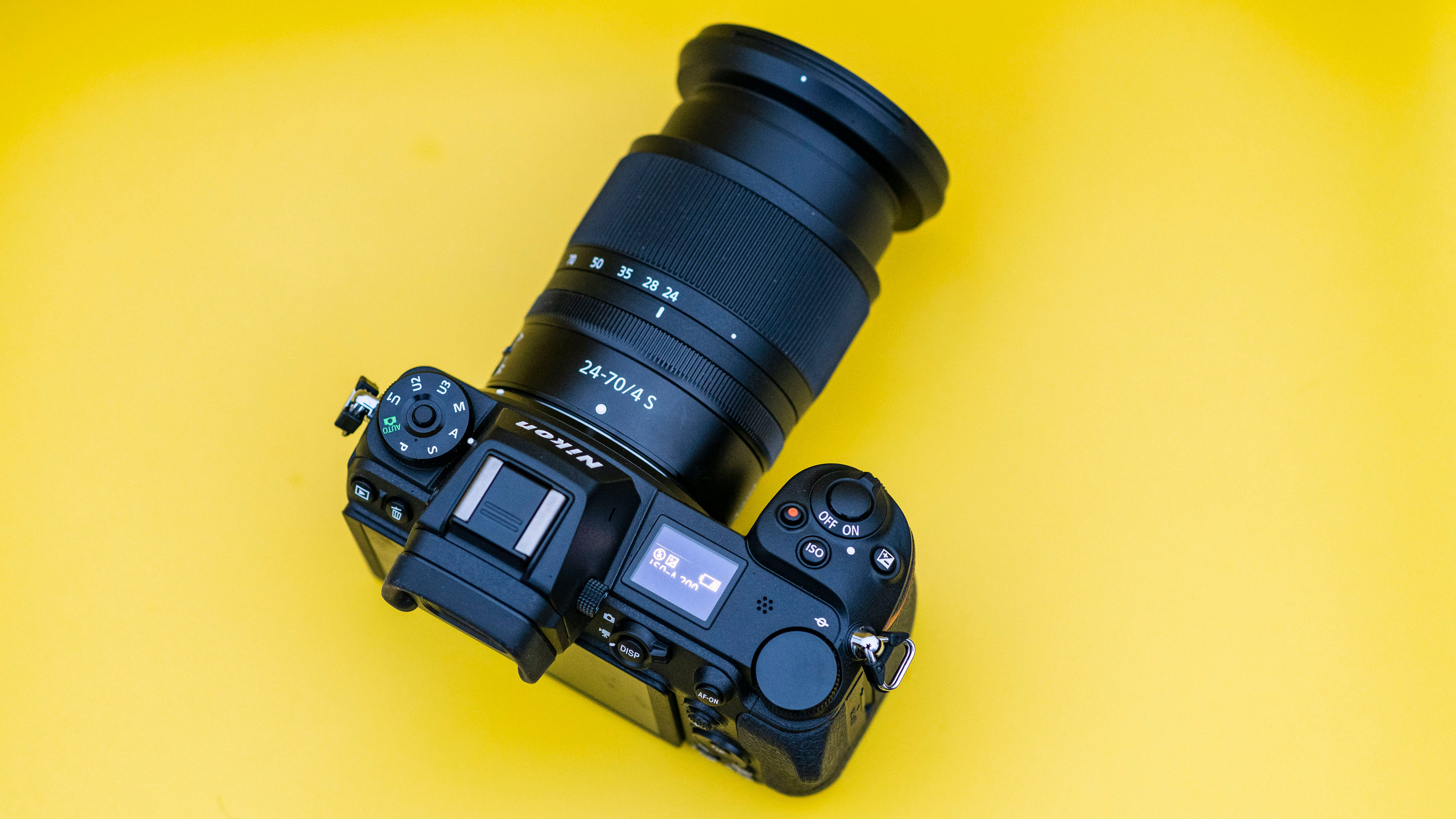The best opera glasses in 2025: pocket sized binoculars for theater and stage
Going to the opera, theater or a concert? Enhance your experience with the best opera glasses available today
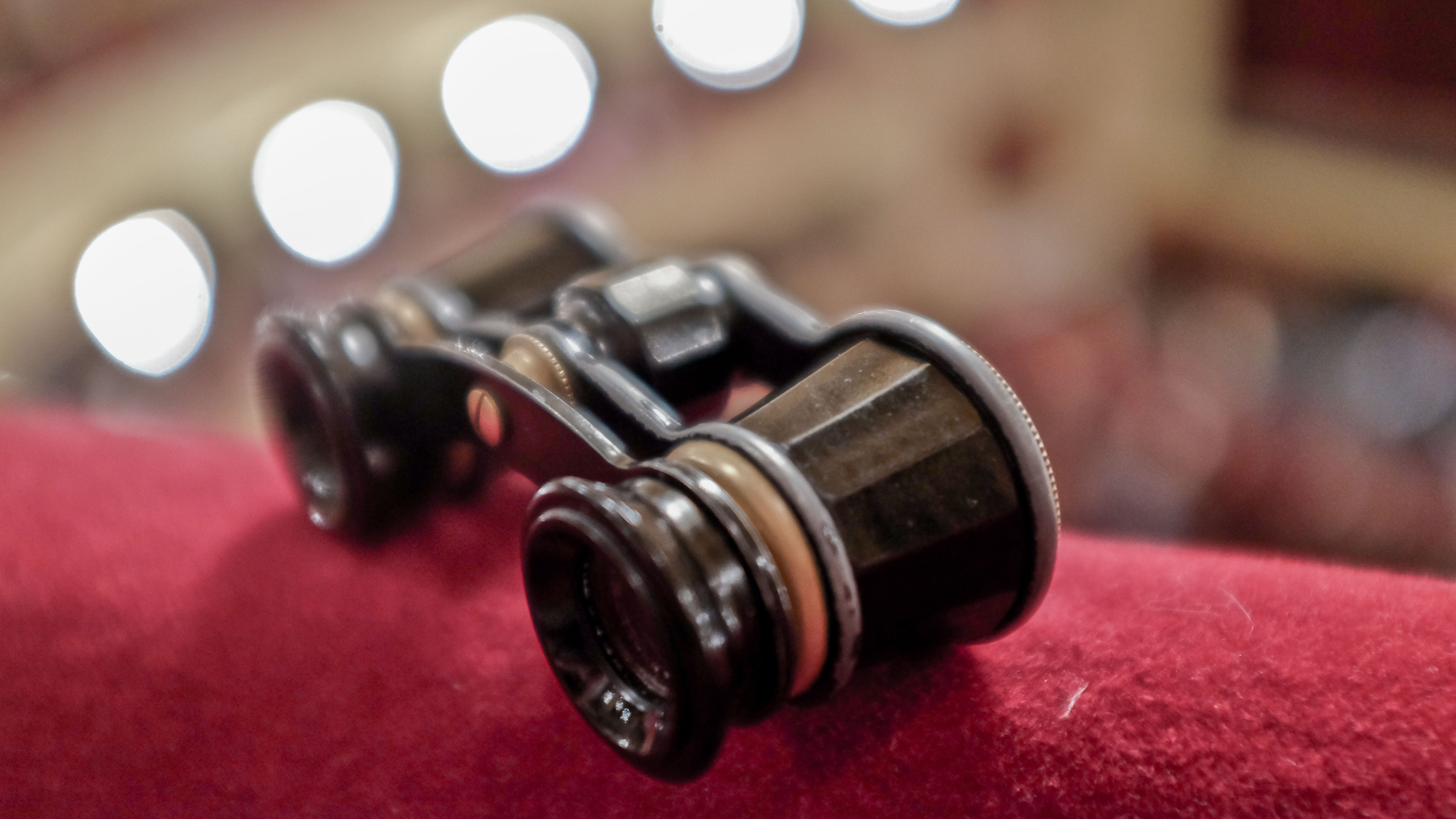
Opera glasses aren’t just for the opera—they’re ideal for any event where you’re seated a bit far from the stage, including theater performances, concerts, music festivals, and conference talks.
Much like standard binoculars, they enhance your view, bringing the action closer so you can fully enjoy the experience without needing front-row seats. While they come in a variety of styles, most feature a classic or vintage design, adding a touch of elegance and a bit of old-world charm to the occasion.
Below, we’ve curated a selection of the best opera glasses—also known as theater binoculars or opera binoculars—available today. Read on to explore their features and find the perfect pair for your next event.
Our quick list
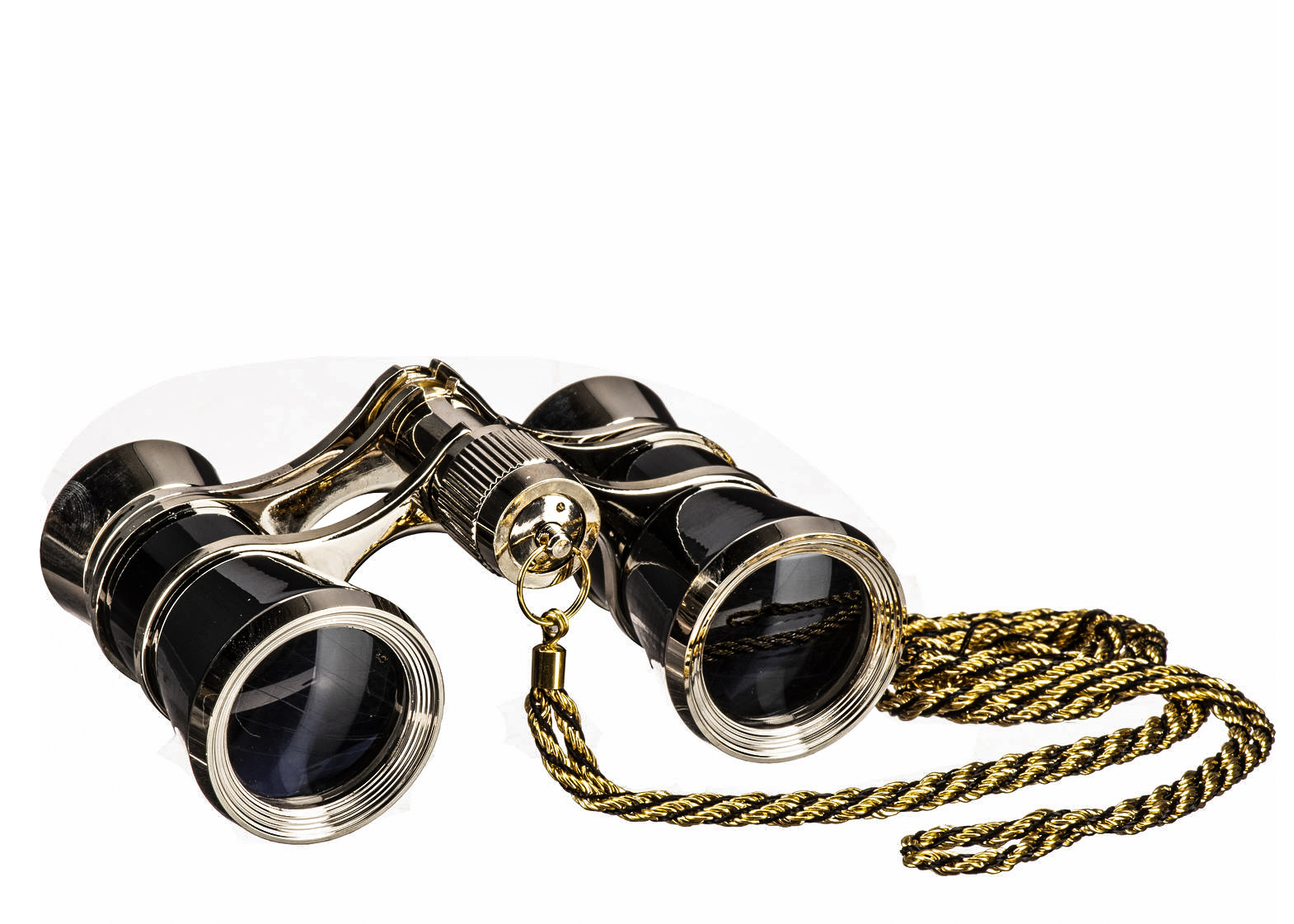
These German-made premium opera glasses boast a classic and stylish design. Our reviewer was impressed by the metal build and operation of these glasses and they felt both solid and premium in use.
Read more below
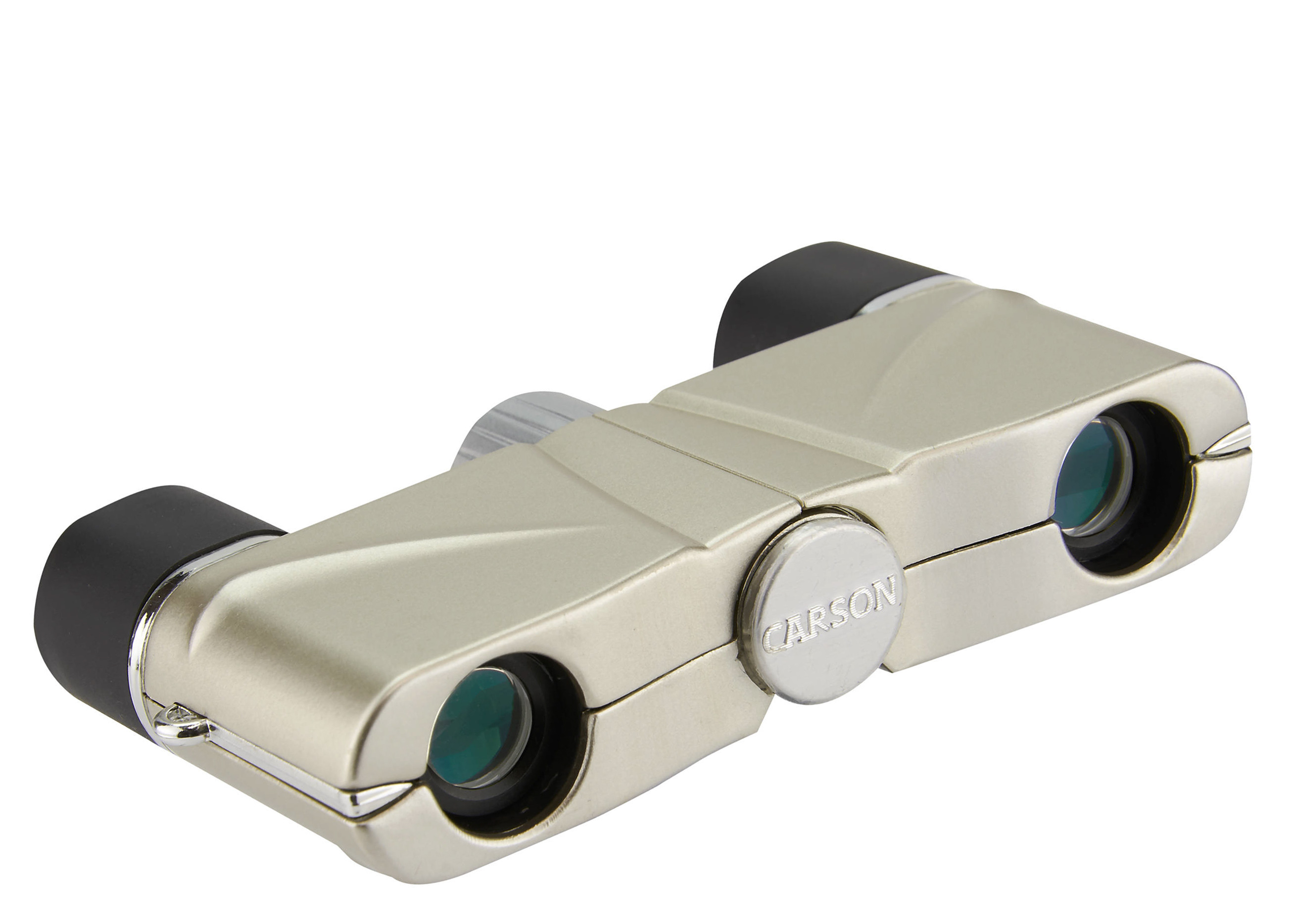
If you want something discrete, this pair from Carson is just the ticket. They weigh just a couple of ounces so you don't even notice them in your pocket, and the 4x magnification brings you closer to the stage.
Read more below
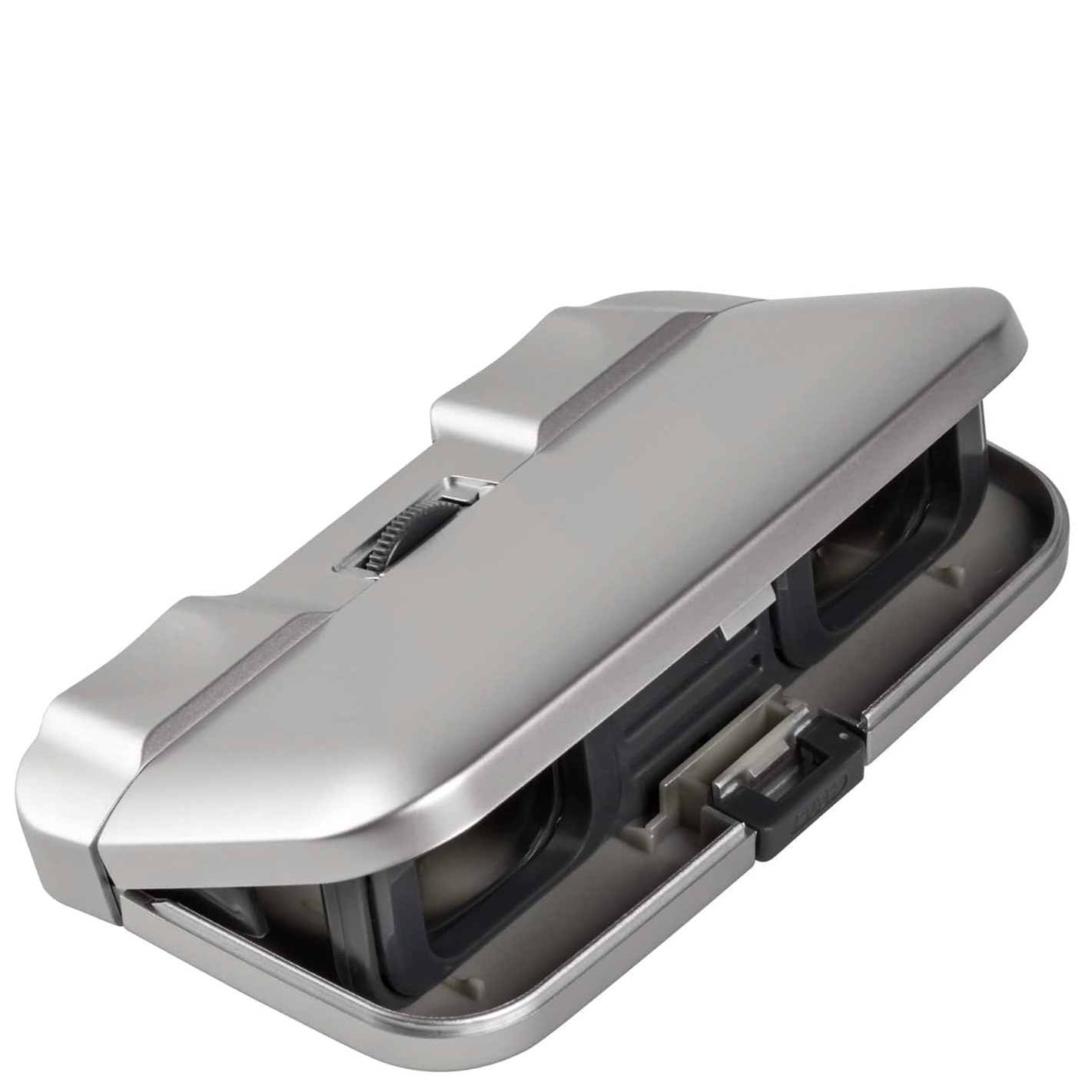
If you want something discrete and low cost, then these Kenko pair are a great option. They are unsurprisingly a bit plasticky - but much better than having nothing at all
Read more below
Best opera glasses
Why you can trust Digital Camera World
The best opera glasses for style
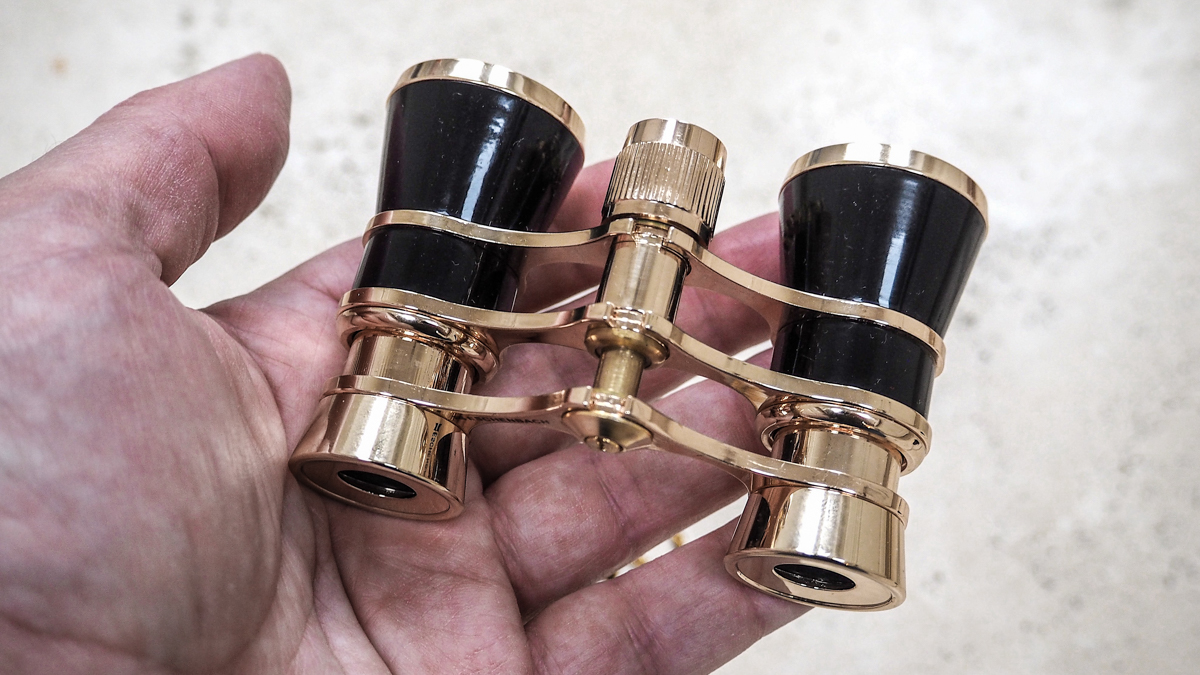
Specifications
Reasons to buy
Reasons to avoid
These German-made premium opera glasses boast a classic and stylish design that's ideal for a visit to the opera, theatre, concert, cabaret or musical. Our reviewer was impressed by the metal build and operation of these glasses and they felt both solid and premium in use, as well as looking very elegant. He was particularly impressed by the viewing quality, even in dim light.
A black imitation-leather case is provided for transportation and protection. Further peace of mind comes from the fact that Eschenbach has been making precision optics for over 100 years. Other color variations are available too: namely night blue, burgundy, pearl white, and black-gold red effect finish.
A smooth focusing knob helps you get clear and bright images from the high-quality, 25mm diameter lenses, while a 3x magnification helps drag the far-away that little bit closer. Others on this list offer greater magnification but if looks are more important, these glasses certainly deliver on that front.
See our full Eschenbach Glamour 3x25 review for more details
The best opera glasses for discretion
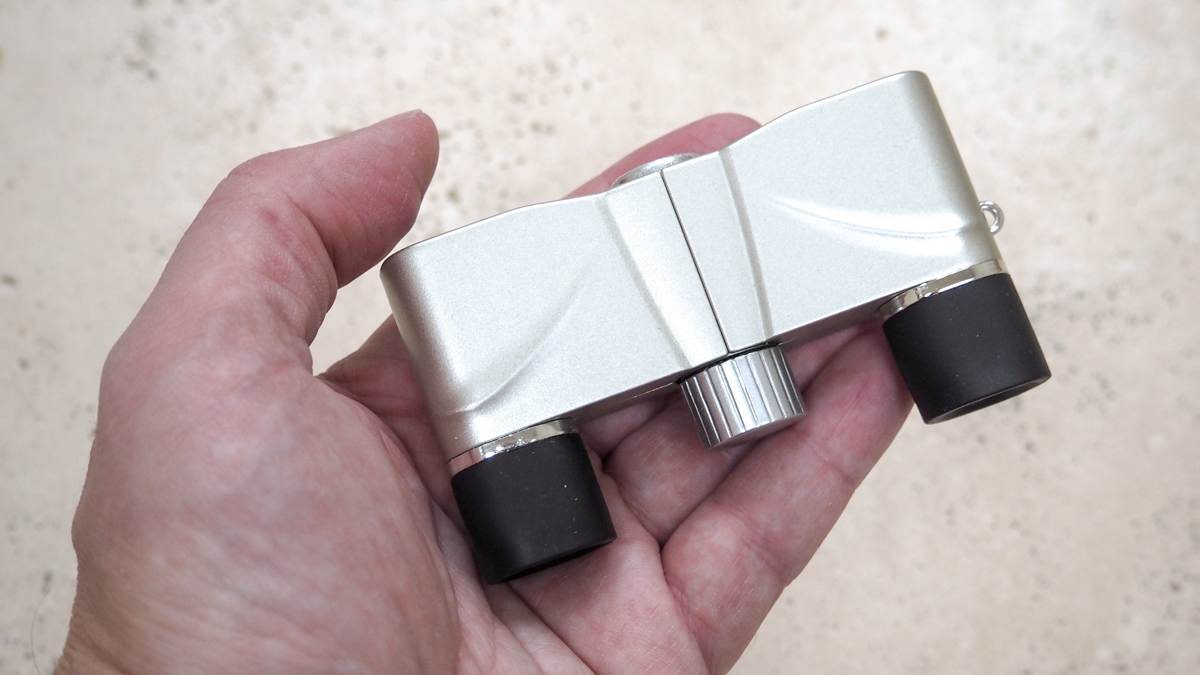
Specifications
Reasons to buy
Reasons to avoid
Lots of opera glasses are designed to look the part at the premiere of a Broadway show. But what if you want something more discrete that will fit in a jacket pocket, and not look as flashy? This pair from Carson is just the ticket.
They weigh just a couple of ounces so you don't even notice them in your pocket. Using them at a concert, we loved that they have a central hinge so that you can adjust them to fit the distance between your eyes. The 4x magnification brings you closer to the stage, while a five-foot minimum focus distance allows you to focus on nearby subjects of interest too. Overall, we found these a great pair of opera glasses for the money.
See our full Carson Operaview 4x10 review for more details
The best opera glasses for portability

Specifications
Reasons to buy
Reasons to avoid
Short on cash? These are the cheapest opera glasses we can recommend. On the downside, the operation was a little stiff for our reviewer's liking and he found the build distinctly plastic and almost toy-like.
But on the price side, they're nice and light, they do what they're meant to do, and the price is fantastically low.
For more details, check out our full Kenko Pliant 3x25 Slim opera glasses review.
The best opera glasses with a handle
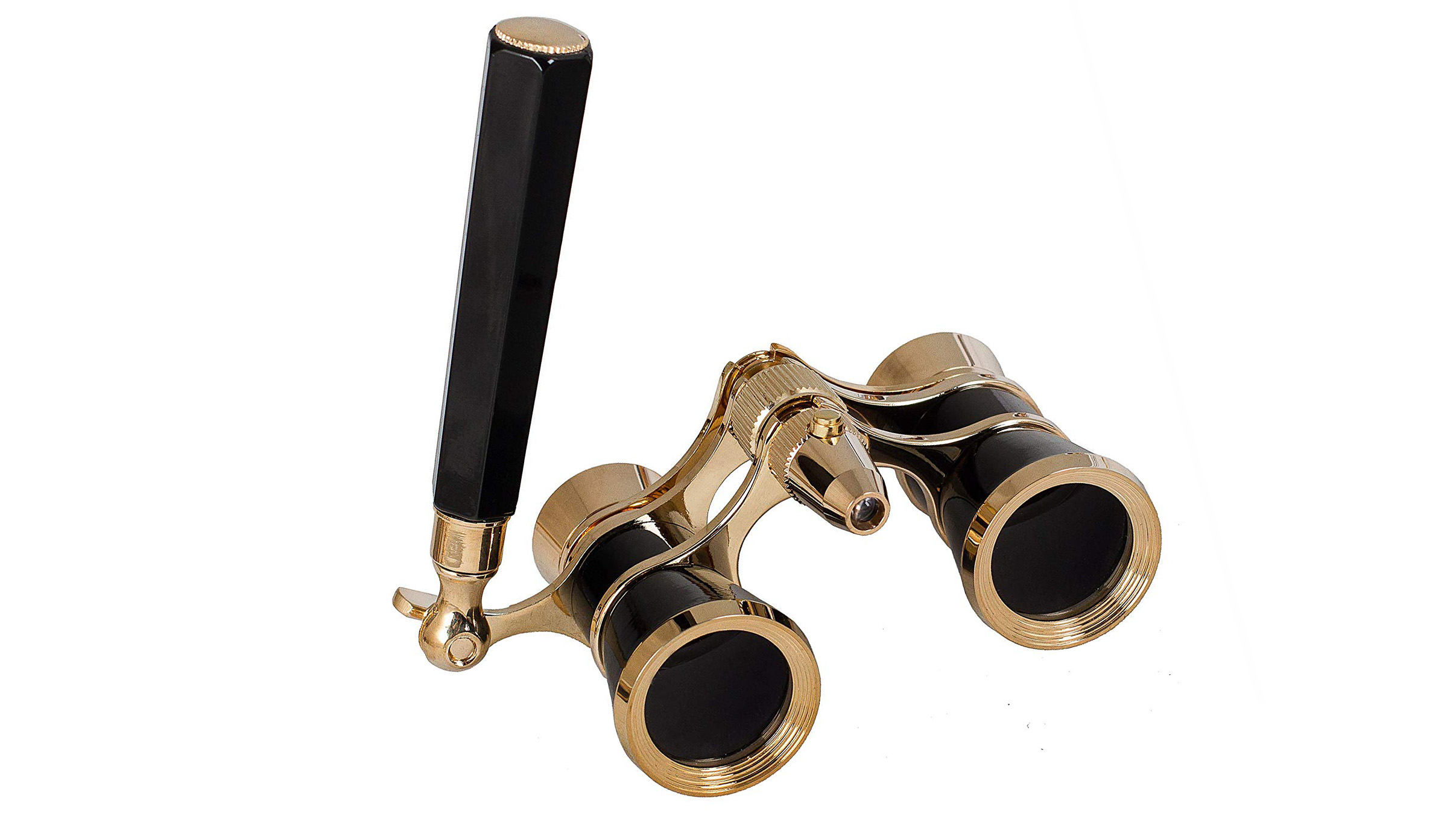
4. Levenhuk Broadway 325N Opera Glasses
Specifications
Reasons to buy
Reasons to avoid
This classic-looking pair of opera glasses from the European manufacturer boasts a couple of neat tricks. Firstly, there's a built-in LED light powered by two LR41 lithium batteries for help finding your seat in the dark, or just where you’ve dropped that boiled sweet). Secondly, the lorgnette design means there is an extendable handle for maximum viewing comfort and a dash of retro elegance.
Whilst those features differ from the norm, the nitty gritty of the spec involves a fairly standard 3x magnification factor and a 25mm lens diameter. Also provided are a carry pouch and a cleaning cloth. With a gold and black lacquered finish to its metal body and multi-coated BaK-4 optics, these classic opera glasses are of decent value even with the extra features.
The best opera glasses for steampunk fans
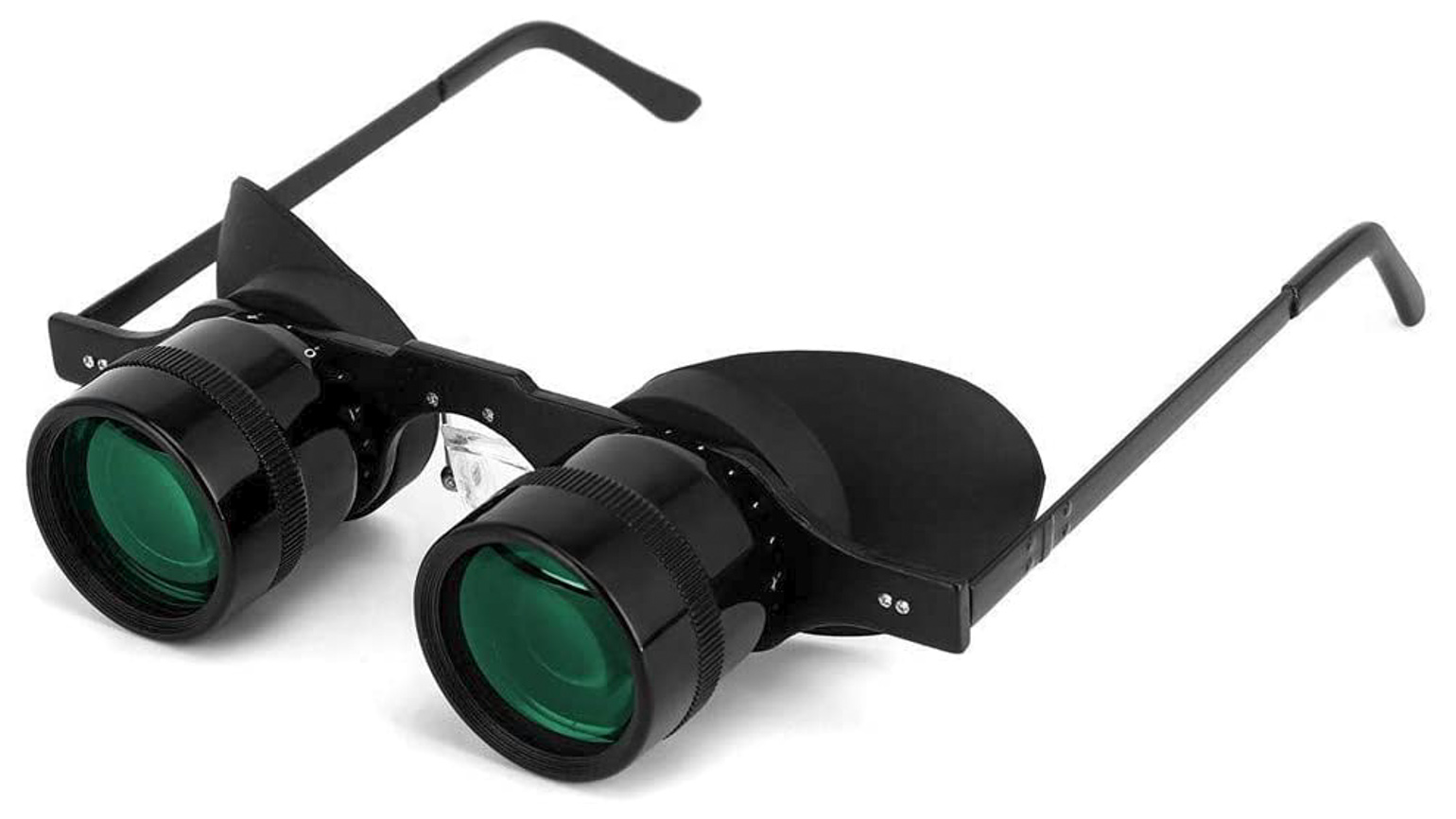
5. Senmonus hands-free binocular glasses
Specifications
Reasons to buy
Reasons to avoid
Want to keep your hands free, so you can focus on that ice cream you bought in the interval? Then you'll love this non-branded pair of binocular-slash-opera glasses available via the likes of Amazon.
Along with 3x magnification, they boast what's called ‘low-level night vision’: thanks to a greenish tint, you can keep viewing in what may be otherwise weak lighting conditions. Eye spacing is adjustable, as are the nose pads for added comfort and a more secure fit. Some may feel a bit socially awkward wearing this Heath Robinson-styled contraption, but fans of Steampunk will love it.
The best opera glasses for high magnification
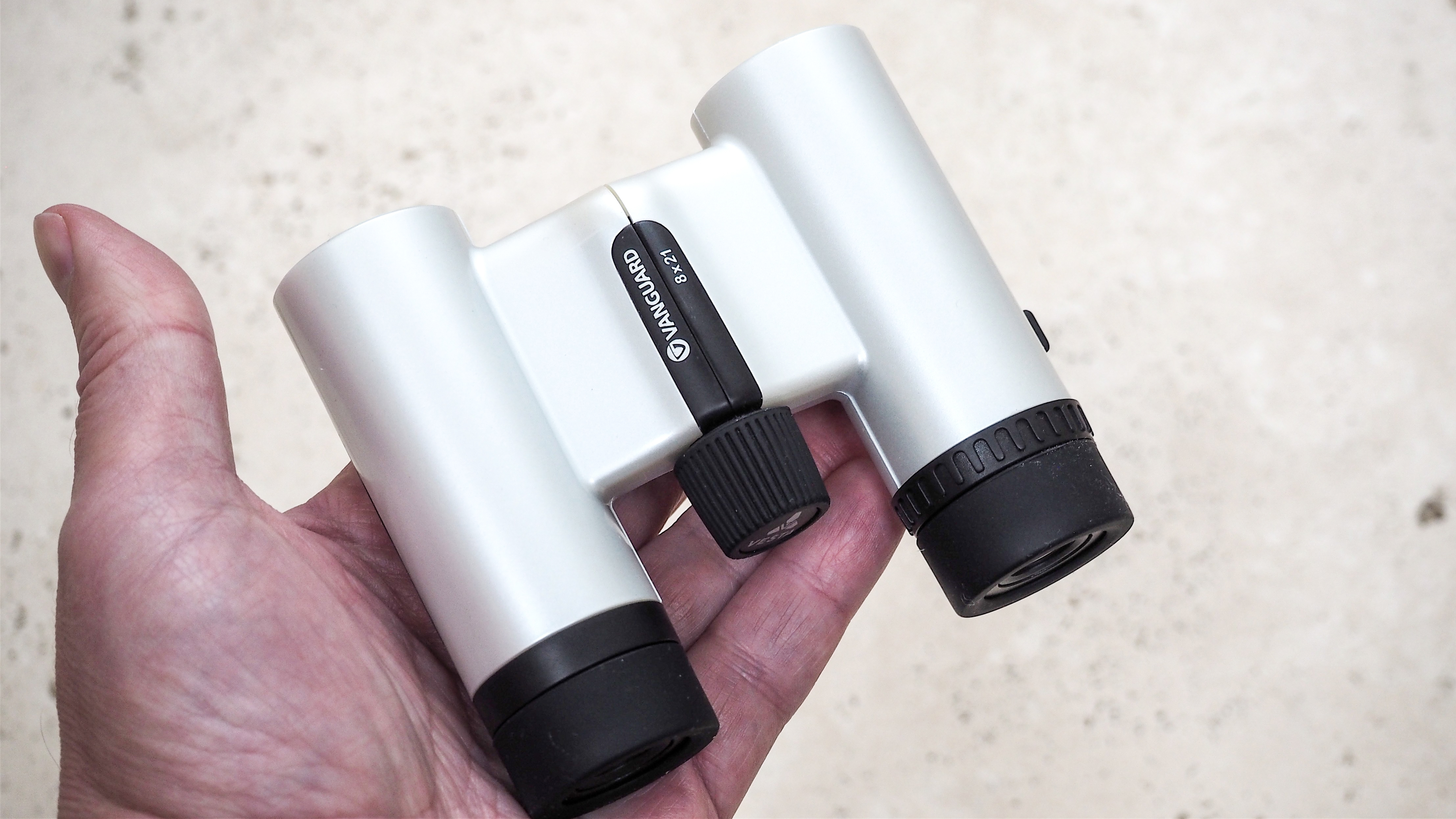
Specifications
Reasons to buy
Reasons to avoid
This compact and practical solution from Vanguard boasts pocket-sized proportions, a manageable weight of just 190g, a low price tag, and a pearlescent finish.
These roof prism-type opera glasses are both weatherproof and fogproof should you be at an open-air performance. Eyepiece covers and a lens cloth are provided to aid comfort and viewing, while an 8x magnification married to a 21mm objective lens is practically useful given their size and portability.
Read our full Vanguard Vesta 8x21 compact binoculars review for more details
The best opera glasses for sports
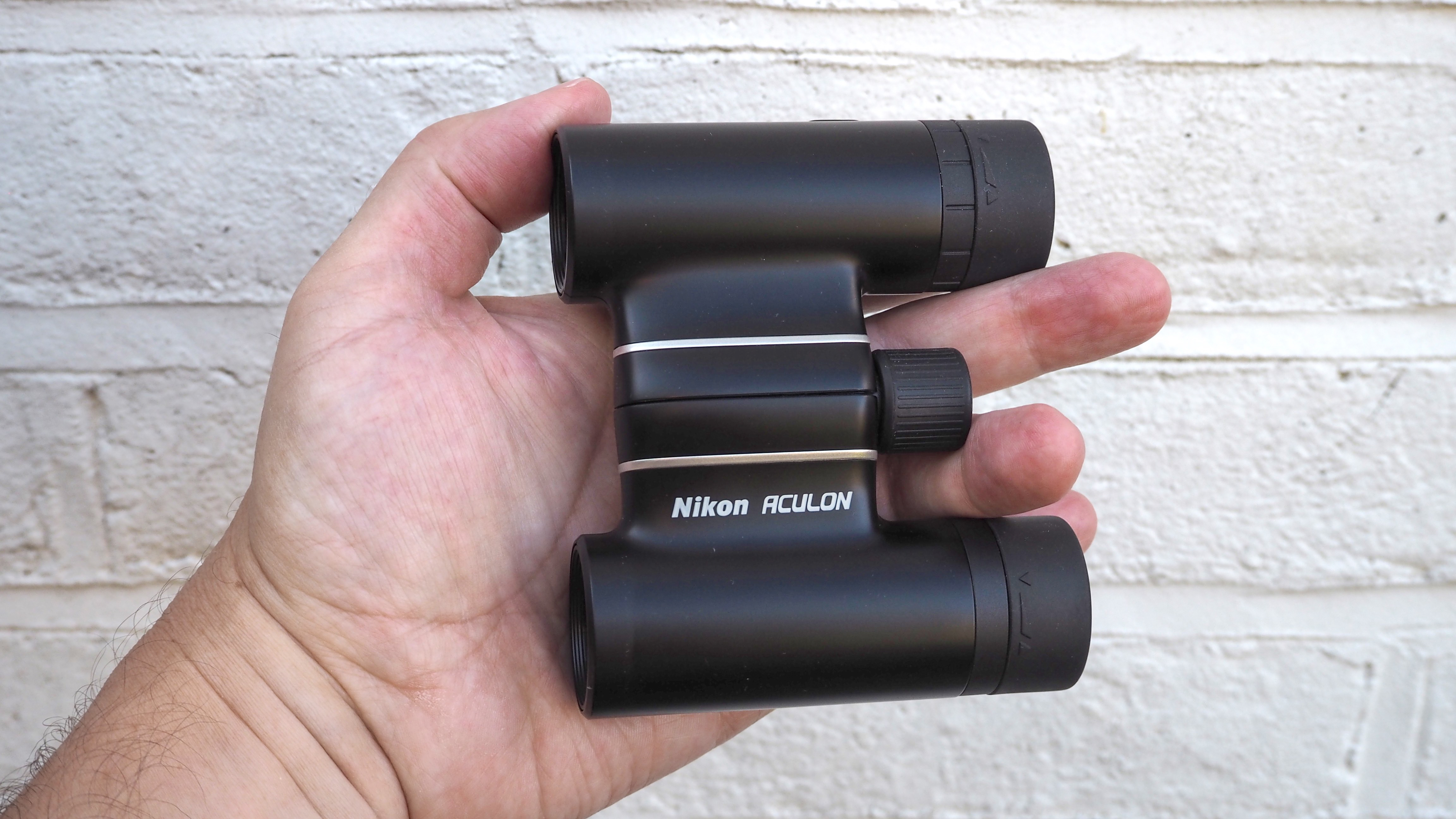
Specifications
Reasons to buy
Reasons to avoid
These are sold as binoculars rather than opera glasses, but these are a useful option for concerts or sporting events where you are a good way away from the things you want to look at. Offering a 10x magnification, it is a good option for use at a stadium when you haven't got front-row seats.
While these binoculars are lightweight, they aren't foldable. However, you do get adjustable turn-and-slide eyecups and a central focus knob, as well as multi-coated lenses that maximize light transmission to provide a sharper view.
See our full Nikon Aculon T02 10x21 review for more details
FAQs
What are opera glasses?
Opera glasses, also known as theater binoculars or binocular glasses, are compact, stylish binoculars designed to give audience members a closer view of the stage or performers. Unlike standard binoculars, they prioritize elegance and often feature ornate details or luxurious materials like mother-of-pearl, brass, or gold plating.
With a lower magnification—typically around 3x to 5x—they provide just enough zoom to enhance the experience without overwhelming the field of view. Their small size makes them easy to carry and discreet to use, ensuring you can enjoy the performance without distraction.
What level of magnification do opera glasses provide?
Since you're typically seated at a comfortable viewing distance, opera glasses don’t require the high magnification of standard binoculars. A more modest magnification helps minimize image shake while keeping them lightweight and easy to handle.
Most opera glasses—also known as opera binoculars or theater glasses—offer a magnification of around 3x, occasionally reaching 4x. This provides just enough zoom to enhance your view without adding unnecessary bulk or weight.
What field of view should opera glasses have?
Equally important to magnification is the field of view your opera glasses provide. A wide field of view ensures you can take in the entire stage rather than just a small portion of it. Be cautious of ultra-compact designs, as they may cause image blurring at the edges. After all, you're there to enjoy the full production—not just a close-up of one performer.
How to choose the best opera glasses
Before choosing a pair of opera glasses, acquaint yourself with their magnification capacity, field of vision, and the size of the objective lens in use. It's worth noting that while compact opera glasses have an admirably sleek and stylish profile, that means they'll admit less light, potentially placing you at a disadvantage in dimly lit theaters.
How we test the best opera glasses
We test opera glasses in the theatres where people are actually going to use them and evaluate their optical clarity, scrutinizing the lenses for distortion, and assessing their ability to provide sharp, detailed images even in low-light conditions. We also pay attention to comfort and ease of use, as well as gauging their aesthetic appeal, recognising that elegance and sophistication is as important for functionality with this type of device.
Read more:
Best budget binoculars under $100
Best zoom binoculars
The best spotting scopes
Get the Digital Camera World Newsletter
The best camera deals, reviews, product advice, and unmissable photography news, direct to your inbox!
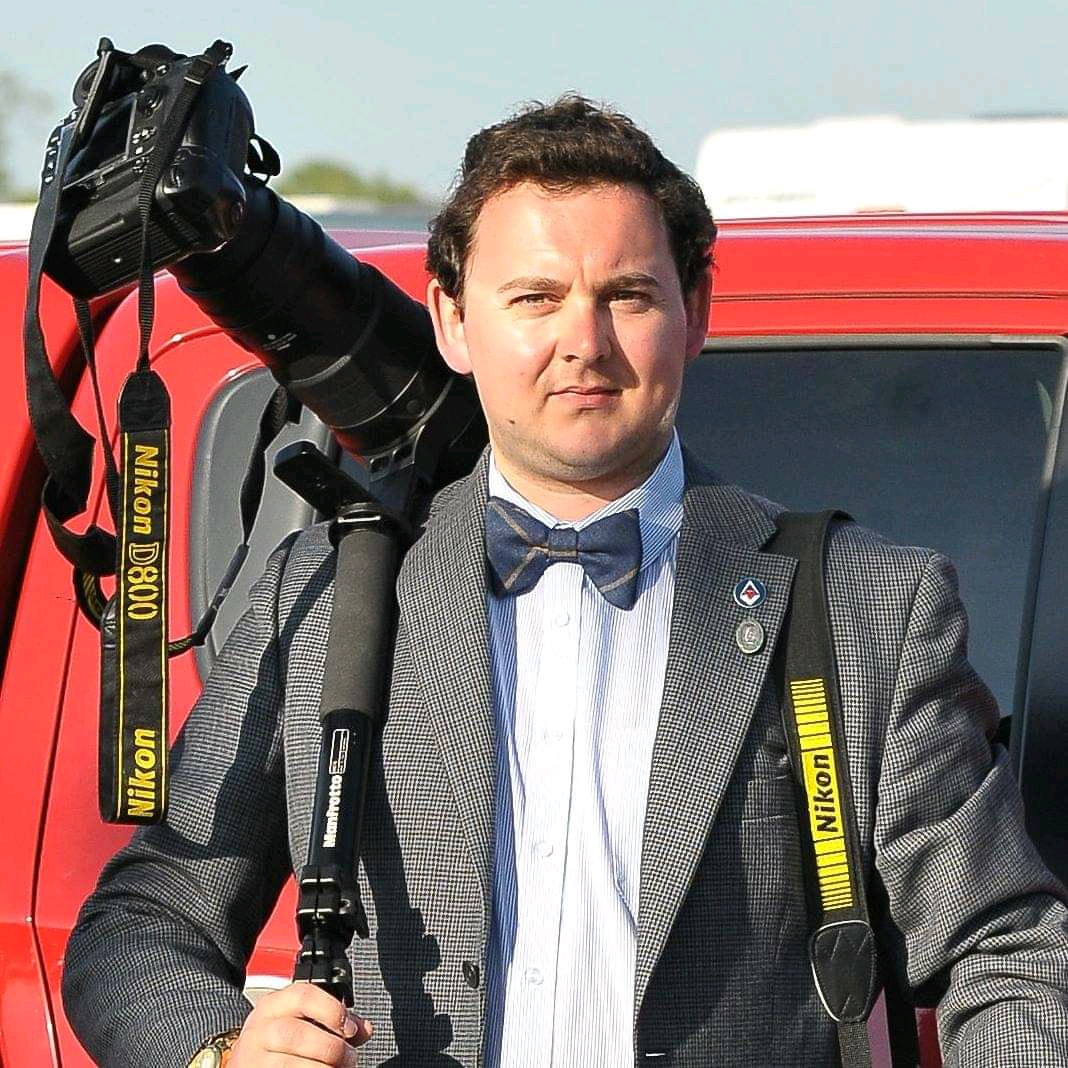
For nearly two decades Sebastian's work has been published internationally. Originally specializing in Equestrianism, his visuals have been used by the leading names in the equestrian industry such as The Fédération Equestre Internationale (FEI), The Jockey Club, Horse & Hound, and many more for various advertising campaigns, books, and pre/post-event highlights.
He is a Fellow of the Royal Society of Arts, holds a Foundation Degree in Equitation Science, and holds a Master of Arts in Publishing. He is a member of Nikon NPS and has been a Nikon user since his film days using a Nikon F5. He saw the digital transition with Nikon's D series cameras and is still, to this day, the youngest member to be elected into BEWA, the British Equestrian Writers' Association.
He is familiar with and shows great interest in 35mm, medium, and large-format photography, using products by Leica, Phase One, Hasselblad, Alpa, and Sinar. Sebastian has also used many cinema cameras from Sony, RED, ARRI, and everything in between. He now spends his spare time using his trusted Leica M-E or Leica M2, shooting Street/Documentary photography as he sees it, usually in Black and White.
